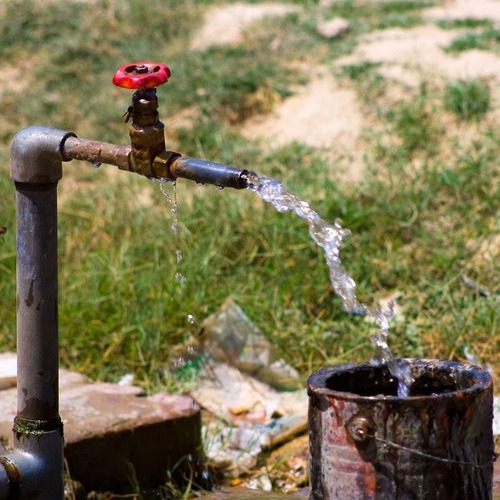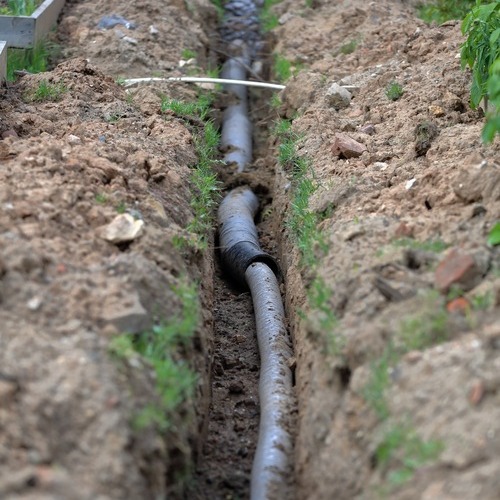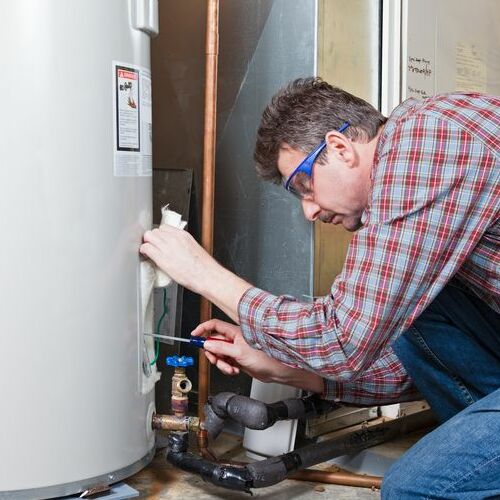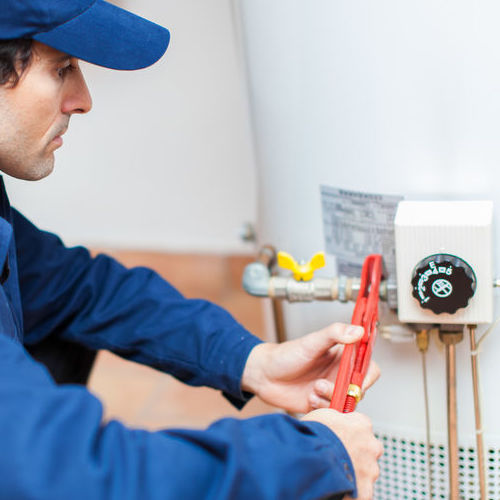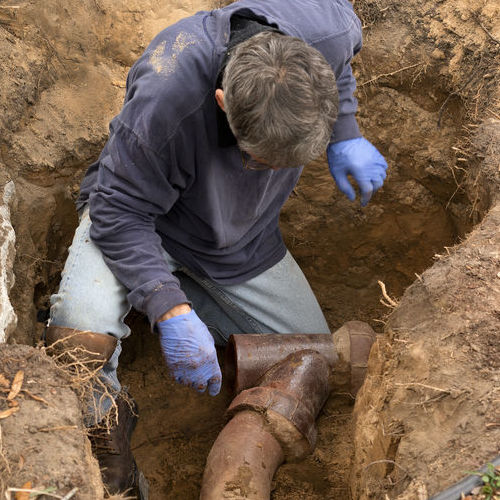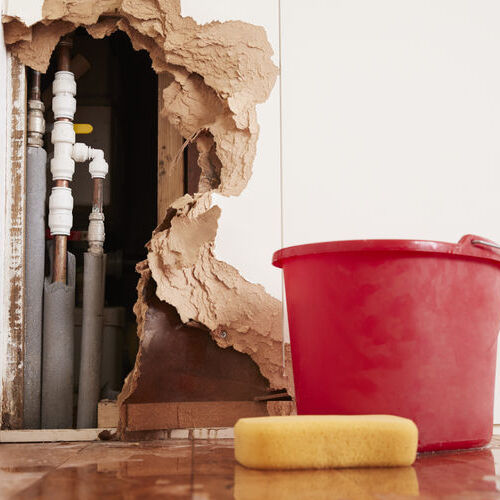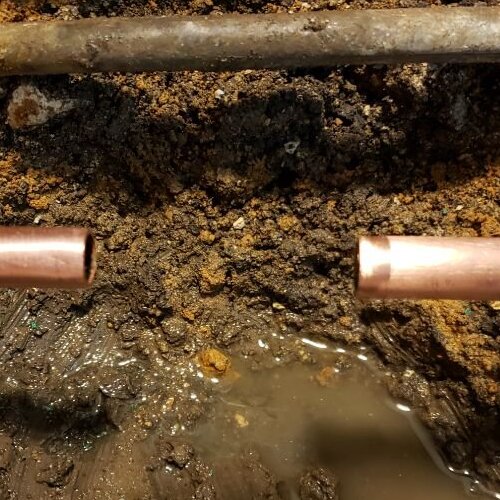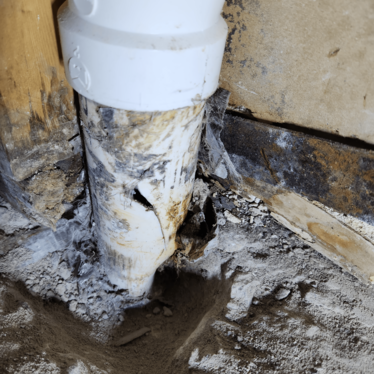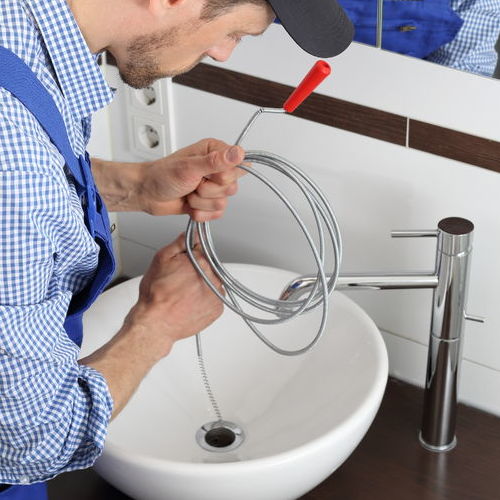
Even in sunny Vacaville, California, homeowners, and even business owners, experience clogged drains. And like anywhere else, a clogged drain in the bathroom or kitchen can be gross and inconvenient! And if you’ve tried every method and trick you know for unclogging without any success, it is time to call a plumber. They have equipment and methods for drain cleaning and repairs where needed.
What methods do professional plumbers use for drain cleaning?
Up front, a professional plumber will not use any type of chemicals for drain cleaning. And repairs that a plumber will find needed are often because the homeowner has used chemicals, an abundance of them, trying to do their drain cleaning. The following three methods are the most commonly used ways a professional plumber will get the job done without leaving any toxic residue inside the pipes:
- Motorized
A common tool of the trade for plumbers is drain snakes, more commonly called augers. You can purchase your auger, but it will be manually operated, whereas the auger a plumber has will be motorized. This commercial-grade drain cleaning equipment is like an extra-long corkscrew.
The coiled wire is placed into the drain and the motor pushes it through the blockage and clog, then either breaks it into pieces or pulls it up when the plumber pulls the auger out. There isn’t much that a motorized drain snake can’t break through.
- Hydro-Jetting
This is another motorized piece of equipment that works by forcing high-pressure hot water through a hose and a small nozzle. As the plumber feeds the hose into a drain, the hot, scalding water blasts through the blockage and clog, breaking it apart and clearing all contaminants away. That contaminant in a kitchen is typically FOG (fats, oil, grease) and hair, soap, and toothpaste scum in the bathrooms.
This method of drain cleaning should only be done by a professional plumber because of the amount of pressure. A homeowner using this type of equipment may succeed with drain cleaning, and repairs will likely be needed afterward by a professional plumber.
- Video Camera
When a plumber needs to know the precise location of the clog, before the drain cleaning and repairs start, they use a video camera to give them a visual inside the pipes.
They do this with specialized equipment that consists of a small camera, and an LED light that are mounted on a fiber-optic cable. This setup is then sent into the drain and the camera relays pictures of the pipe’s interior to a computer or TV screen. This pinpoints the exact area of the blockage or problem and the plumber can do the drain cleaning and repair as needed.
How much do these drain cleaning and repair methods cost?
Many variables will affect the cost of professional drain cleaning and repair jobs. The severity and type of blockage or clog, and the difficulty of getting to the area that needs attention are two of the biggest factors. Some plumbers will have a flat rate and others will charge by the hour. The more defined the equipment used, the more the job will cost.
So, if the plumber needs to use the video equipment method, it will cost more than if they can complete the job with an auger. For bathroom or kitchen sink, drain cleaning and repairs can cost up to $300 or more. But if the plumber needs the video camera method and repairs a sewer line once the clog is found, it can cost upwards of $1,000 or more.
How can a homeowner clean drains without causing damage to the pipes?
There are several DIY and home remedies for drain cleaning that you can use. These are all excellent for keeping drains clean, but if the drain is already clogged, it may take a few hours to bust through the clog. Most of the items in these DIY methods you’ll already have on hand!
#1: Baking Soda & Cider Vinegar
Baking soda is a common alternative for drain clearing and should be used on a regular basis for maintenance that can avoid expensive plumber drain cleaning and repairs. Mix together 1 cup of each, baking soda and cider vinegar and pour the mixture into the drain. Run hot water for a few minutes and if the clog is still there, repeat this process.
#2: Baking Soda & Lemon Juice
Using the same portions of 1 cup each of baking soda, and lemon juice, poured into the drain and running the hot water for a few minutes. This method not only is great for drain clearing and drain cleaning, but it smells good too!
#3: Alka-Seltzer®
If you don’t have any baking soda in the cupboard, go to the medicine cabinet and get the Alka-Seltzer. Drop between 2 and 3 tablets into the drain and then add a cup of cider vinegar. Wait 2 minutes to allow the Alka-Seltzer to work, and when you see the bubbling foam coming up, turn on the hot water.
#4: Boiling Water
Another alternative is pouring a pan of boiling water into the drain. Then run the hot water for a few minutes so that the FOG that the boiling water loosens doesn’t solidify again.
Ending With A Cup or Two of Prevention
Maybe you don’t need any drain cleaning and repairs right now, but that doesn’t mean you won’t at some point! You can take steps now by using the baking soda/vinegar or baking soda/lemon juice methods we listed once a month to keep your drains clean, clear, and fresh smelling.

